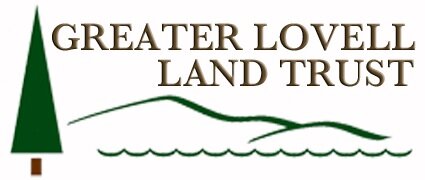Climate change is here
In recent years the state of Maine summarized climate impacts across the region and developed an action plan called MAINE WON’T WAIT.
Learn how these changes across the seasons are impacting our human and wildlife communities in western Maine and across the region.
-
Sea level rise has already resulted in increased coastal flooding and loss of beach area, warming ocean temperatures and declines in lobster and other fisheries, with related declines in tourism $$ anticipated annually.
Maine’s farms will experience both benefits and costs from warming temperatures such as longer growing seasons and lower heating costs, but also heat stress to workers, crops and livestock and higher cooling costs.
Plant hardiness zones will shift northward with future warming, making Maine’s climate more suitable for some kinds of crops (e.g., corn and soybeans) and potentially more challenging for others (e.g., WILD BLUEBERRIES).
Plant-based allergies will affect Mainers for more months during the year due to longer summers and shorter winters resulting in a longer pollen season and more pollen produced.
-
Downpours of 2 inches or more of rain are on the rise, destroying roads, culverts, and bridges not designed for the intensity and amount of precipitation.
Maine’s forest industry provides significant direct economic impact. With warming temperatures, especially in winter, the state has some of the highest densities of non-native forest pests in the US threatening hemlock (Wooly adelgid), ash (Emerald ash borer), and oak (Spongy moth).
The increased length in the warm season has occurred mostly in early fall, in turn extending the growing season by 16 days on average statewide since 1950.
-
Moose populations in western Maine have declined in recent years due to increased winter tick outbreaks. In recent outbreaks, an estimated 70% of moose calves in western Maine have died due to blood loss.
Iconic inland fish, such as Eastern brook trout, lake whitefish and lake trout are on the decline due to warming water temperatures and better-suited fish, such as bass.
Virginia opossums have moved northward into Maine as less snow and warmer winter temperatures allow for foraging through the year.
-
Under even the lowest rate of warming, Maine will lose forest habitat suitable for the spruce grouse, black-throated blue warbler, and dark-eyed junco.
Spring heat waves and heavy rains are beginning to affect nesting success of several Maine forest bird species, including the hermit thrush, Easter whippoorwill, and yellow-bellied sapsucker.
-
Summer-like temperatures are stretching later into fall and winters are warming faster than any other season, reducing snowpack and ice cover and opportunities for skiing, snowmobiling, ice fishing and more.
Warmer, shorter winters are contributing to increased tick-borne illnesses, such as Lyme disease, anaplasmosis, babesiosis, and Powassan encephalitis virus, when joining in on outdoor fun.
Many hiking and other trails were not built to withstand regular, heavy rains and are experiencing heavy erosion and repeated washouts.
Increasing numbers of extreme heat days, near and over 90 degrees F, in recent decades on top of long term warming over the last century are limiting available days comfortable for recreational activities.
